Terraform vs Ansible: Choosing the Right Tool for Infrastructure Automation
Introduction:
Infrastructure as Code has become standard practice. But choosing between Terraform and Ansible still confuses many teams.
Both tools automate infrastructure, but they solve different problems. Terraform focuses on provisioning resources. Ansible handles configuration management. Understanding this difference saves time and prevents headaches down the road.
This article explains what each tool does best, where they overlap, and how to pick the right one for your situation. You’ll learn when to use Terraform, when Ansible makes more sense, and when using both together actually works.
What Terraform Does
Terraform provisions infrastructure. It creates cloud resources like servers, databases, networks, and storage. HashiCorp designed it specifically for this purpose.
The tool uses declarative configuration files. You describe what you want, and Terraform figures out how to build it. It tracks the current state of your infrastructure and compares it against your desired state.
Terraform shines with cloud providers. It supports AWS, Azure, GCP, and hundreds of other platforms through providers. The same workflow applies everywhere.
Key Terraform strengths:
Terraform manages the full lifecycle of infrastructure resources. It creates, updates, and destroys them based on your code. The state file tracks everything, making changes predictable.
The execution plan shows exactly what will change before you apply anything. This prevents surprises in production.
Terraform handles dependencies automatically. If a database needs a VPC first, Terraform creates them in the right order.
What Ansible Does
Ansible configures systems after they exist. It installs software, manages files, starts services, and enforces configurations. Red Hat built it for configuration management.
The tool uses playbooks written in YAML. These describe tasks that run on target machines. Ansible connects over SSH and doesn’t require agents on managed nodes.
Ansible excels at maintaining consistency across many servers. It ensures every machine has the right packages, configurations, and services running.
Key Ansible strengths:
Ansible uses a procedural approach. You define steps in order, and it executes them sequentially. This makes complex workflows easier to understand.
The agentless architecture simplifies deployment. You just need SSH access and Python on target systems.
Ansible handles application deployment well. It can deploy code, restart services, and run health checks in a coordinated way.
The Core Difference
Terraform builds infrastructure. Ansible configures what runs on that infrastructure.
Terraform asks: “What resources should exist?” Ansible asks: “What should these systems do?”
Think of Terraform as construction. It builds the foundation, walls, and roof. Ansible is interior design. It arranges furniture, hangs pictures, and sets up utilities.
Terraform uses declarative syntax. You specify the end state. Ansible uses procedural syntax. You specify the steps to reach that state.
Terraform maintains state files that track resources. Ansible is stateless by default. It just executes tasks.
When to Use Terraform
Use Terraform when you need to provision cloud infrastructure.
Best scenarios for Terraform:
Creating complete environments from scratch. Terraform can build entire VPCs, subnets, security groups, load balancers, and compute instances in one operation.
Managing cloud resources at scale. The state file makes it easy to update hundreds of resources safely.
Multi-cloud deployments. Terraform’s provider ecosystem supports almost every cloud platform with the same workflow.
Infrastructure that changes frequently. The plan and apply workflow prevents mistakes when making changes.
Example use case:
A team needs to spin up identical staging and production environments in AWS. Terraform creates the VPCs, RDS databases, ECS clusters, and S3 buckets. They can replicate the entire setup by changing a few variables.
When to Use Ansible
Use Ansible when you need to configure systems or deploy applications.
Best scenarios for Ansible:
Installing and configuring software on servers. Ansible ensures every node has the correct packages and settings.
Application deployment pipelines. Ansible can pull code, update configurations, restart services, and verify health.
Configuration drift prevention. Regular Ansible runs keep systems in their desired state.
Complex orchestration across services. Ansible coordinates multi-step deployments across different systems.
Example use case:
A team has 50 web servers that need specific security patches, updated Nginx configurations, and new SSL certificates. Ansible applies all changes consistently across every server in minutes.
Where They Overlap
Both tools can provision cloud resources. Terraform is better at it, but Ansible has cloud modules.
Both can configure systems. Ansible is better at it, but Terraform has provisioners.
Both support version control and can be part of CI/CD pipelines.
The overlap creates confusion. Teams sometimes force one tool to do everything. This usually creates more problems than it solves.
Using Both Together
Many teams use Terraform and Ansible together. This combination works well.
Terraform provisions the infrastructure. It creates VMs, networks, and managed services. The output includes IP addresses and other details.
Ansible takes those outputs and configures the systems. It installs applications, sets up monitoring, and handles ongoing configuration.
Simple workflow:
Terraform creates five application servers in AWS and outputs their private IPs. Ansible uses those IPs to install Docker, deploy containers, and configure logging. Each tool does what it does best.
Integration approaches:
Terraform can trigger Ansible automatically through provisioners. After creating resources, Terraform runs Ansible playbooks against them.
Terraform outputs feed into Ansible inventory. The infrastructure details become variables for Ansible to use.
Both tools share the same version control repository. Infrastructure and configuration live together but remain separate.
Common Mistakes
Using Terraform for configuration management: Terraform provisioners exist but aren’t meant for complex configuration. They make your Terraform code messy and harder to maintain.
Using Ansible for infrastructure provisioning: Ansible can create cloud resources, but state management becomes difficult. Updates and deletions get complicated quickly.
Not considering the team’s skills: Pick tools your team can actually use. A tool that fits perfectly on paper won’t help if nobody understands it.
Ignoring the learning curve: Both tools require time to learn properly. Starting with both at once overwhelms teams.
Making the Choice
Choose Terraform if:
Your main task is provisioning cloud infrastructure. You need strong state management for complex environments. You work across multiple cloud providers. Your infrastructure changes often and needs safe update mechanisms.
Choose Ansible if:
Your main task is configuring existing systems. You need to deploy and manage applications. You work primarily with servers that already exist. You need to orchestrate complex multi-step processes.
Choose both if:
You provision infrastructure and configure it. Your team has capacity to learn and maintain both tools. You want clear separation between infrastructure and configuration. You need the strengths of both approaches.
Learning Path
Start with one tool based on your immediate needs. Get comfortable with it before adding the second.
If you’re building new cloud infrastructure, start with Terraform. Learn how to manage state, use modules, and organize code.
If you’re managing existing servers, start with Ansible. Learn playbooks, roles, and inventory management.
Add the second tool only when you hit clear limitations with the first.
Key Takeaways
Terraform provisions infrastructure resources. Ansible configures systems and deploys applications.
Terraform is declarative and manages state. Ansible is procedural and stateless.
Use Terraform for creating and managing cloud resources. Use Ansible for software installation and configuration.
Many successful teams use both tools together, letting each handle what it does best.
Start with the tool that matches your primary need. Add the second tool later if necessary.
The best choice depends on your specific requirements, not on which tool is “better” overall.
References:
- Terraform Documentation: https://www.terraform.io/docs
- Ansible Documentation: https://docs.ansible.com
- HashiCorp Learn: https://learn.hashicorp.com/terraform
- Ansible Galaxy: https://galaxy.ansible.com

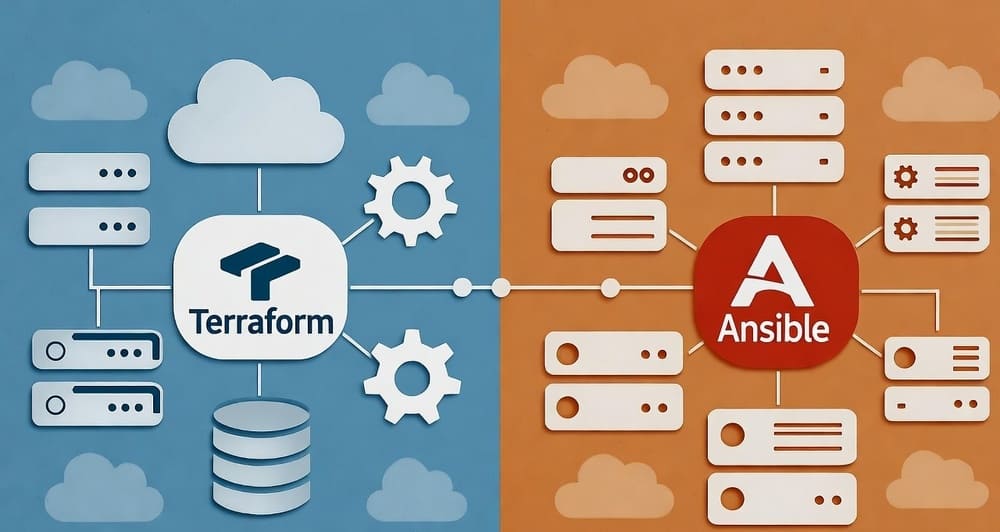
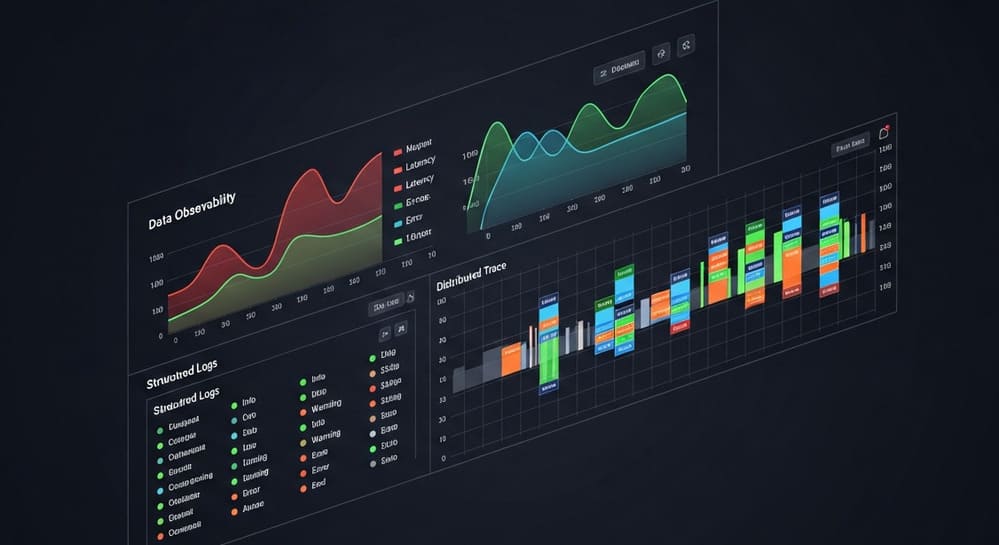
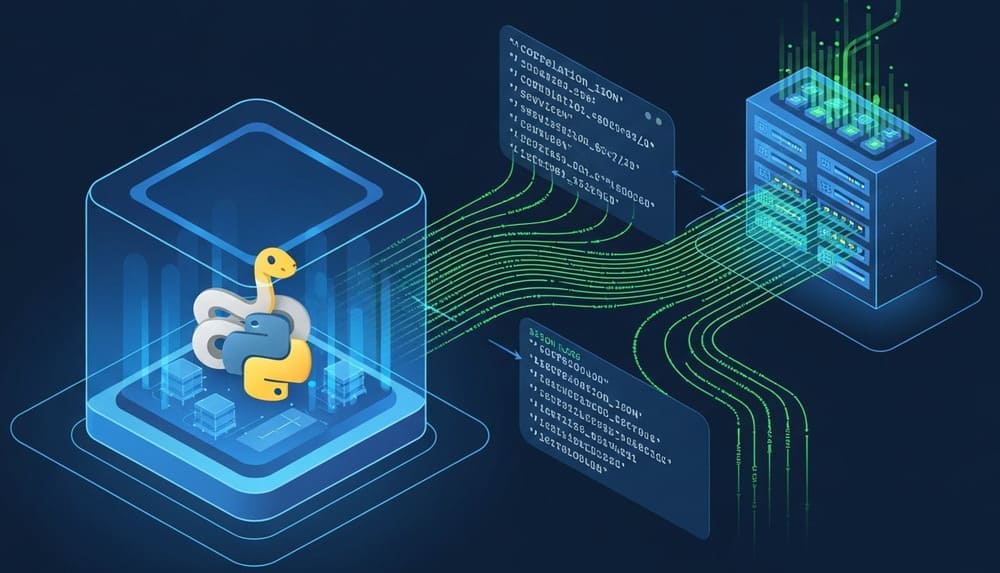
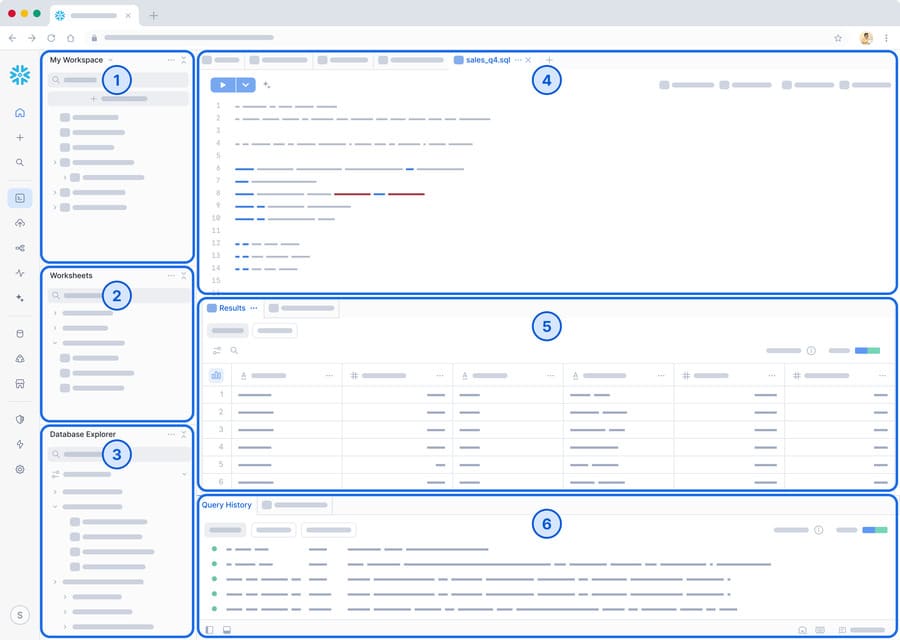

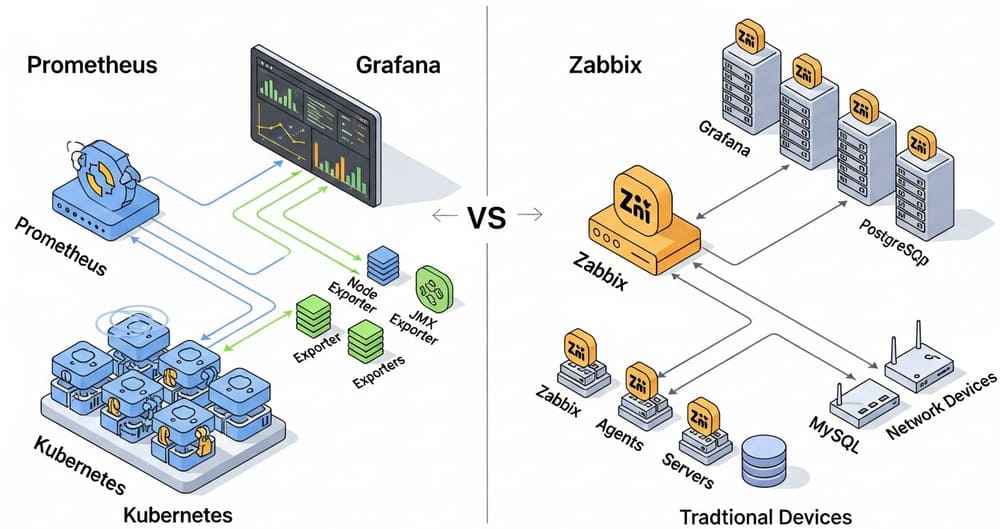
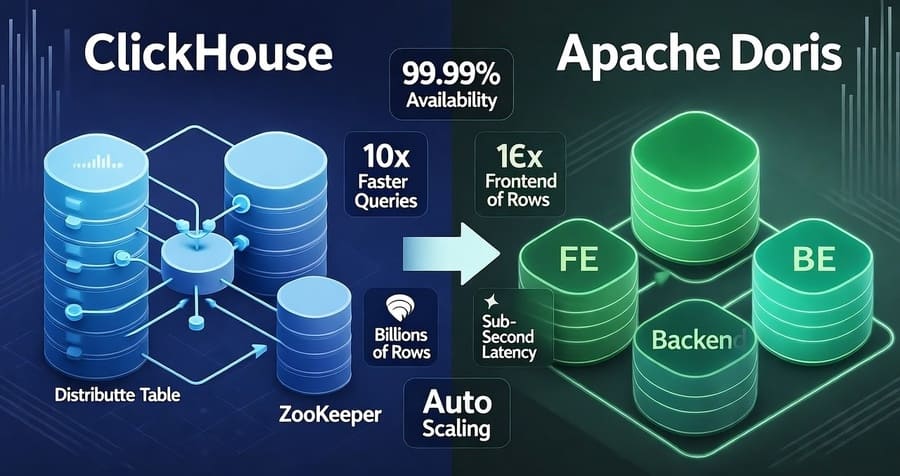
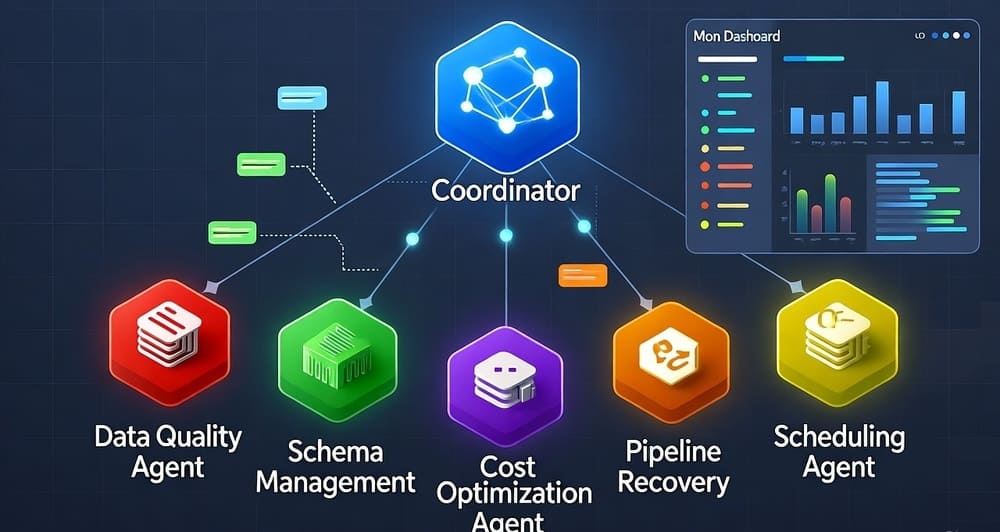
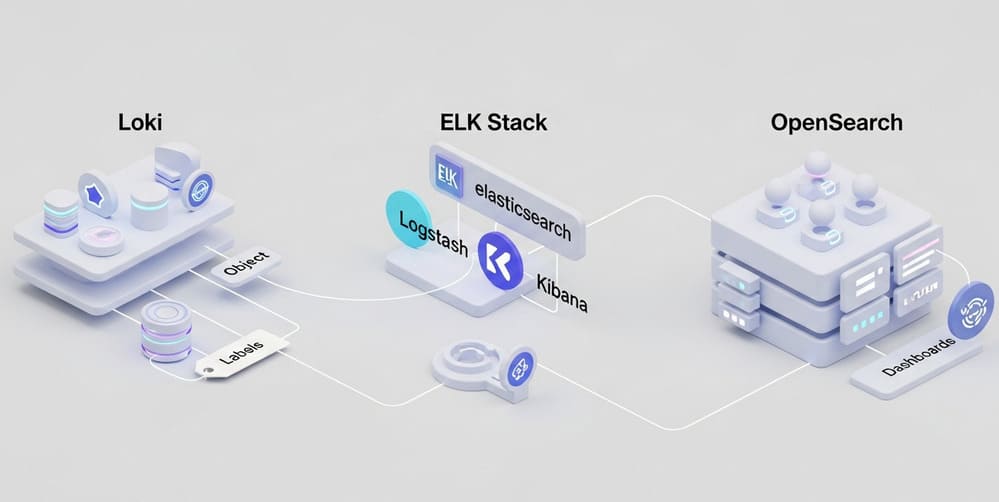
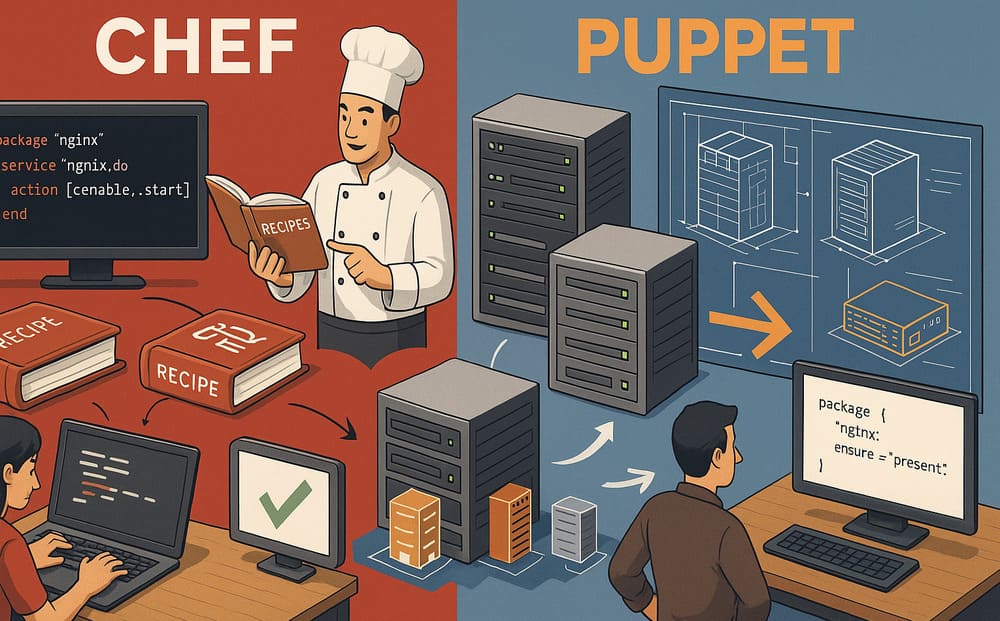
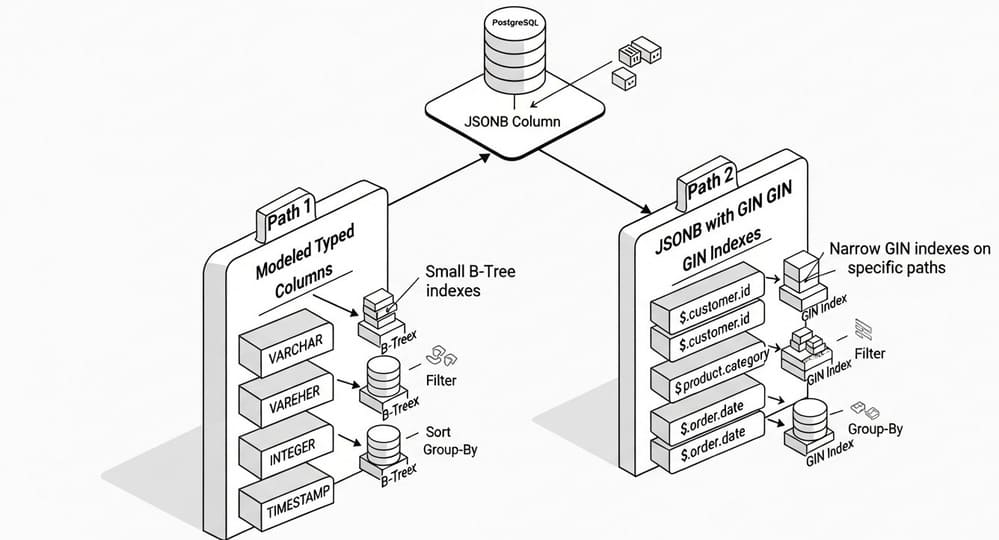
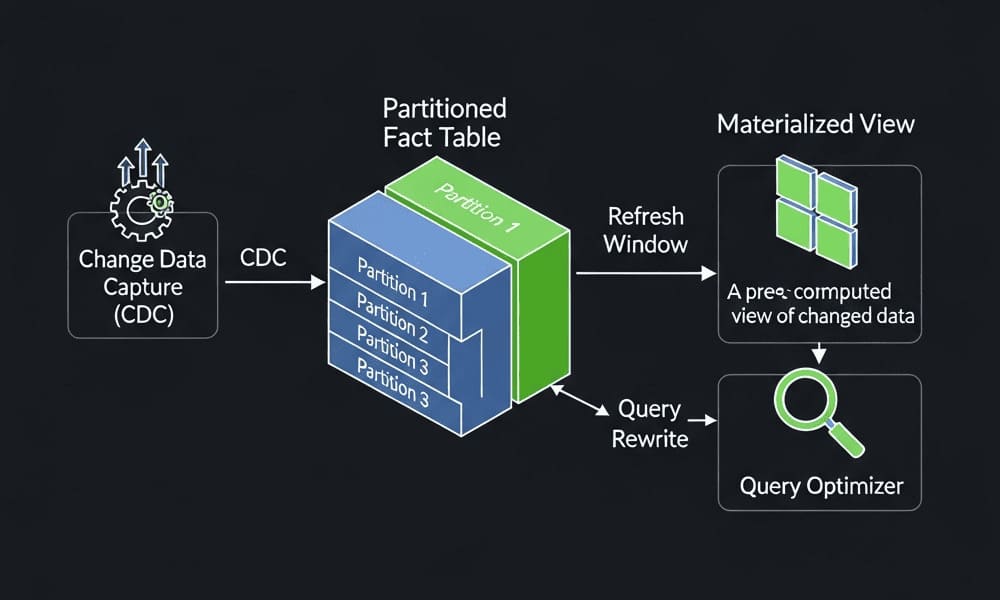
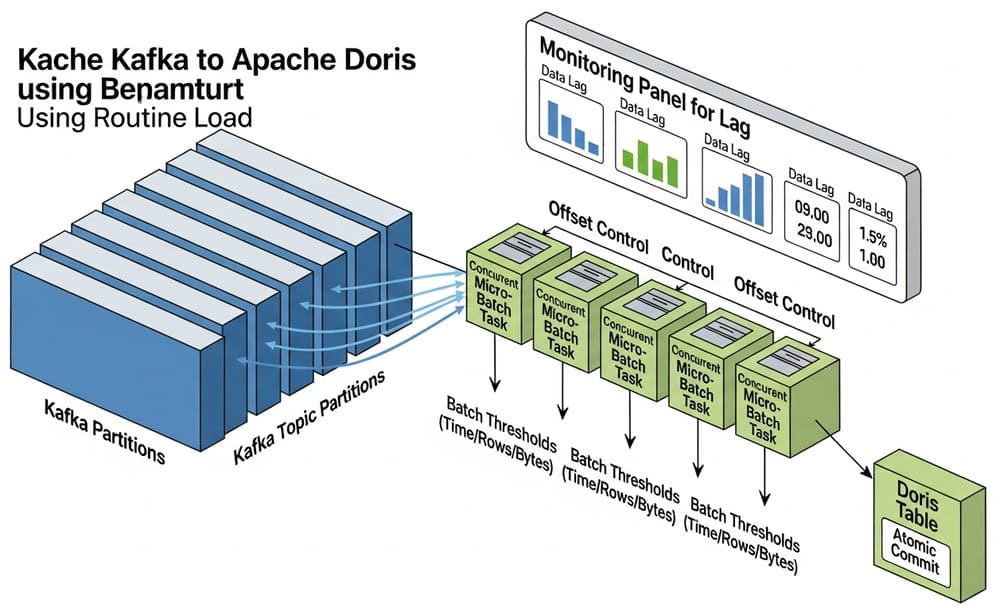
Leave a Reply